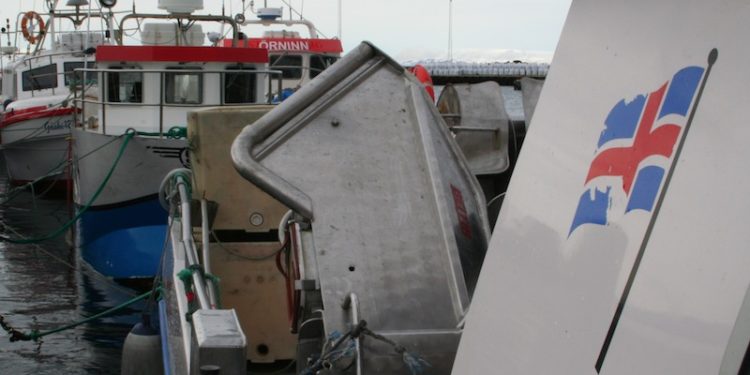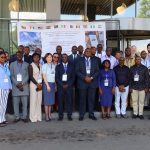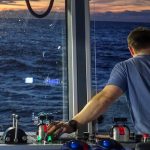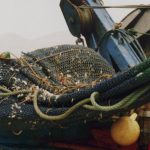Minister of fisheries Kristján Thór Júlíusson has allocated 14,305 tonnes of regional quotas around Iceland.
These regional quotas are made up of general regional quotas and special regional quotas made available by the Icelandic Regional Development Institute, designed to support long-term activity in the seafood sector and to maintain fishing, processing and associated jobs for both men and women in coastal regions. Under Iceland’s fisheries management legislation, 5.3% of the TAC for each species can be held back and allocated to a variety of temporary purposes to support coastal regions.
The Icelandic Regional Development Institute quota for the 2018-19 quota year is increased by 94 tonnes and totals 6429 tonnes. The general regional quotas total 7876 tonnes, or 6168 cod-equivalent tonnes.
Regional quotas for 2018-19 are allocated 45 communities within 27 regional authorities. The maximum allocation is 300 cod-equivalent tonnes, and the communities of Flateyri, Skagaströnd, Ólafsfjörður, Ólafsvík, Tálknafjörður, Djúpivogur, Thorlákshöfn and Siglufjörður have been allocated the full 300 tonnes, with smaller amounts allocated elsewhere, down to the smallest allowable allocation of 15 tonnes going to four communities.
The distribution of regional quotas is based on statistics from the Directorate of Fisheries on reductions in demersal catches, demersal quotas and groundfish production, as well as on reductions in shrimp and shellfish production between the 2008-09 and 2017-18 quota years.









